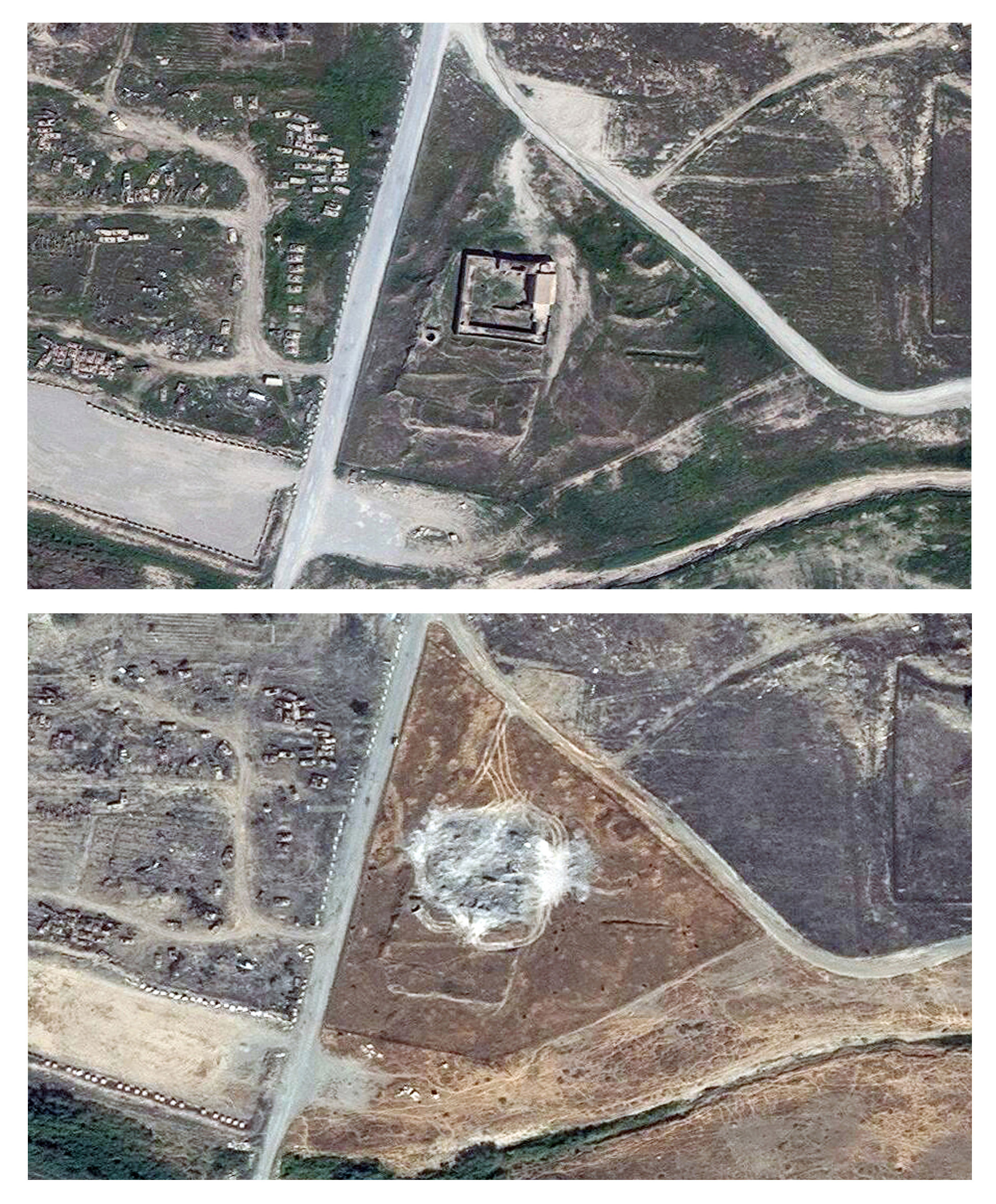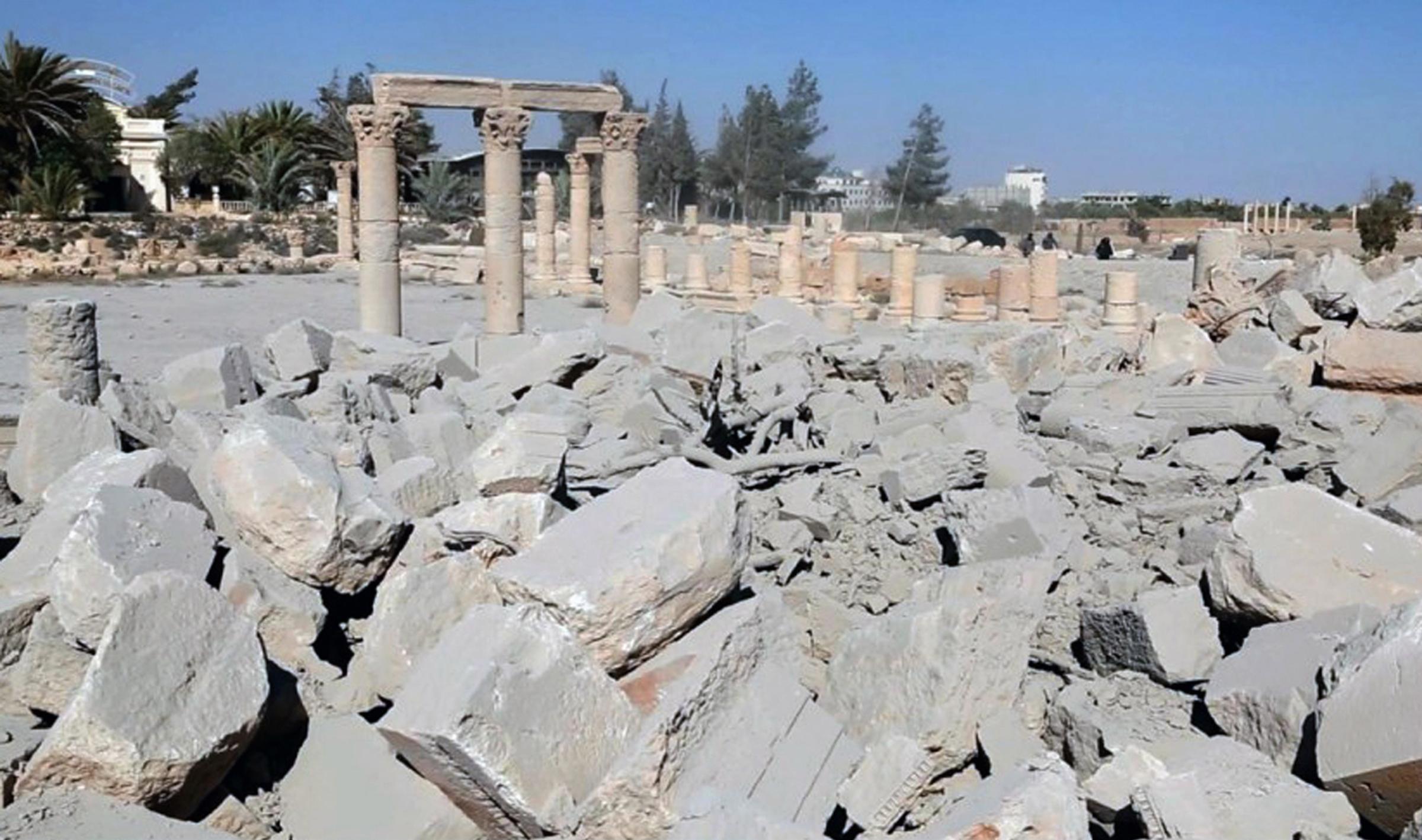
Among the latest victims of ISIS, the militant group known as much for its brutal killings as its propaganda, is a 1,400-year-old Christian monastery in Iraq.
An aerial image captured by a DigitalGlobe satellite, at the request of the Associated Press, confirmed that the St. Elijah’s Monastery, located on a hill above Mosul, now lies in rubble. An analyst who looked at images for AP estimated that ISIS decimated it between Aug. 27 and Sept. 28, 2014, months after the militants staged a lightning offensive through northern Iraq. “There’s nothing to rebuild,” said Stephen Wood, CEO of Allsource Analysis.’
See ISIS’s Destruction of the Ancient City Palmyra




The monastery, known as Dair Mar Elia, joins a grim and expanding list of holy sites targeted by ISIS, including an ancient temple in Palmyra, Syria.
More Must-Reads from TIME
- Inside Elon Musk’s War on Washington
- Meet the 2025 Women of the Year
- The Harsh Truth About Disability Inclusion
- Why Do More Young Adults Have Cancer?
- Colman Domingo Leads With Radical Love
- How to Get Better at Doing Things Alone
- Cecily Strong on Goober the Clown
- Column: The Rise of America’s Broligarchy
Contact us at letters@time.com